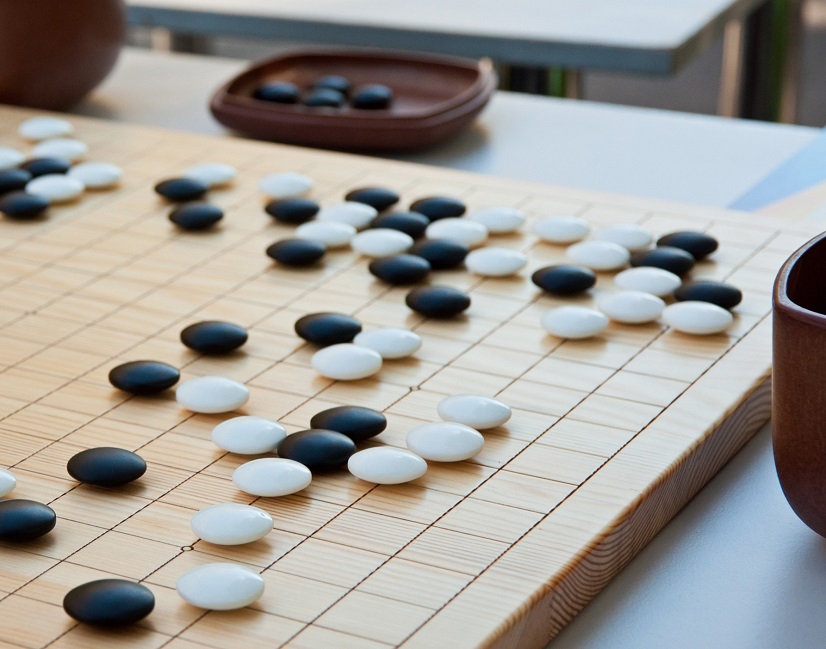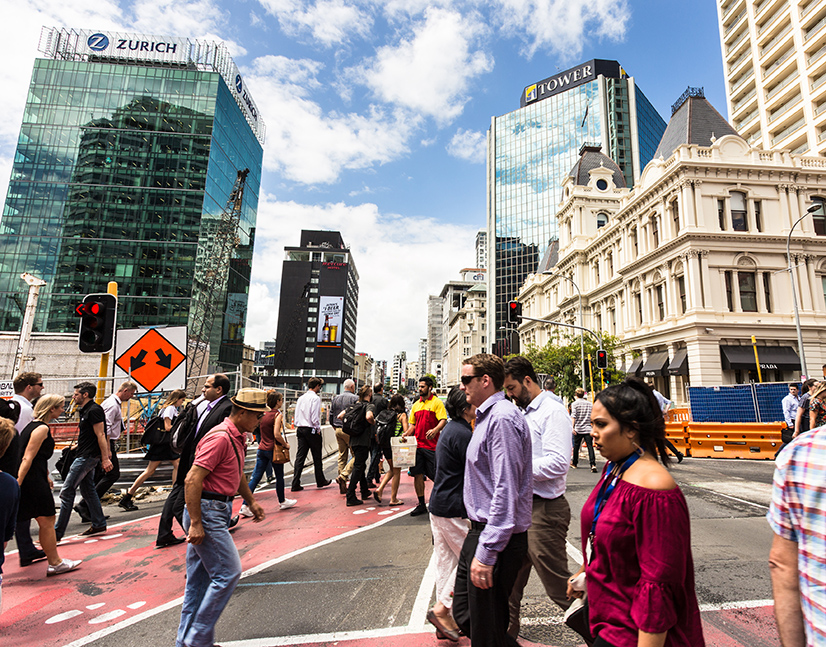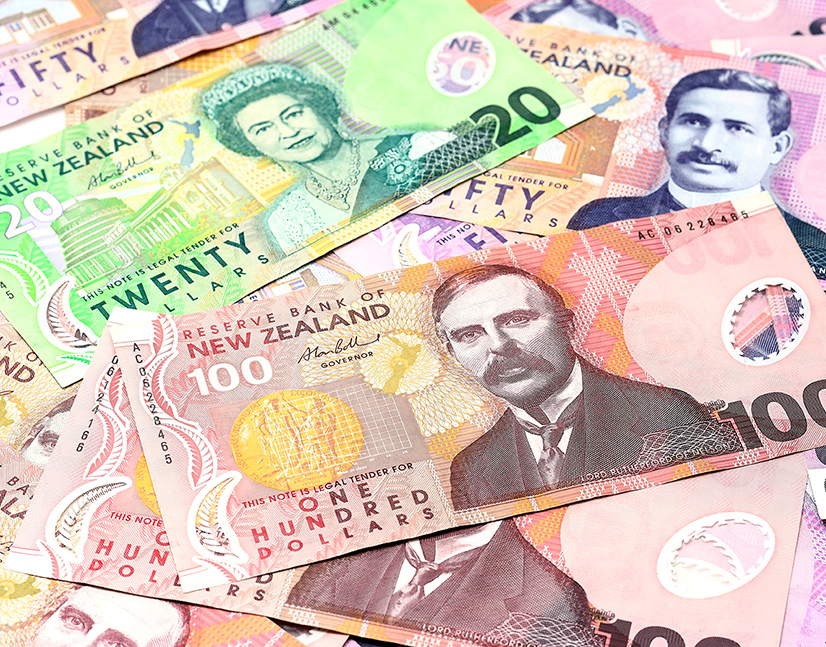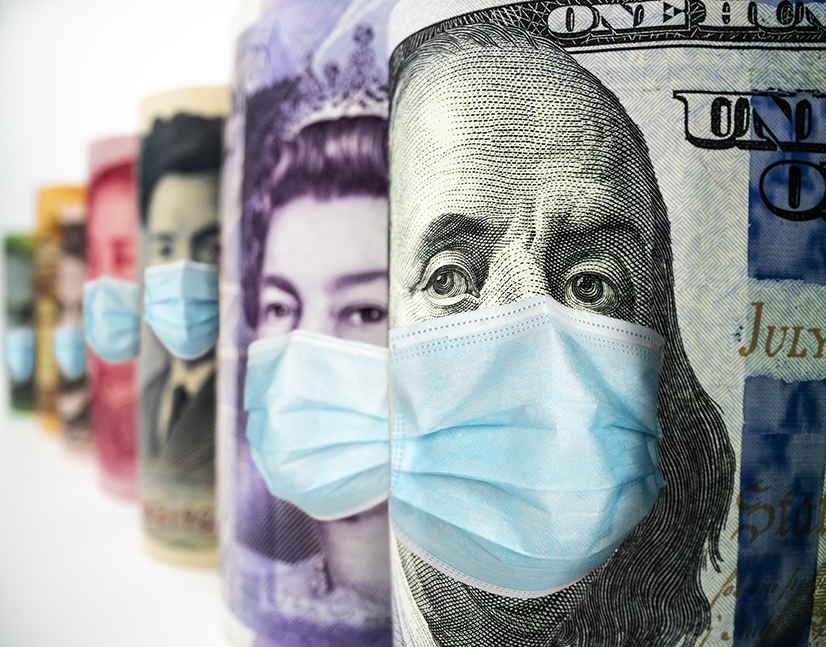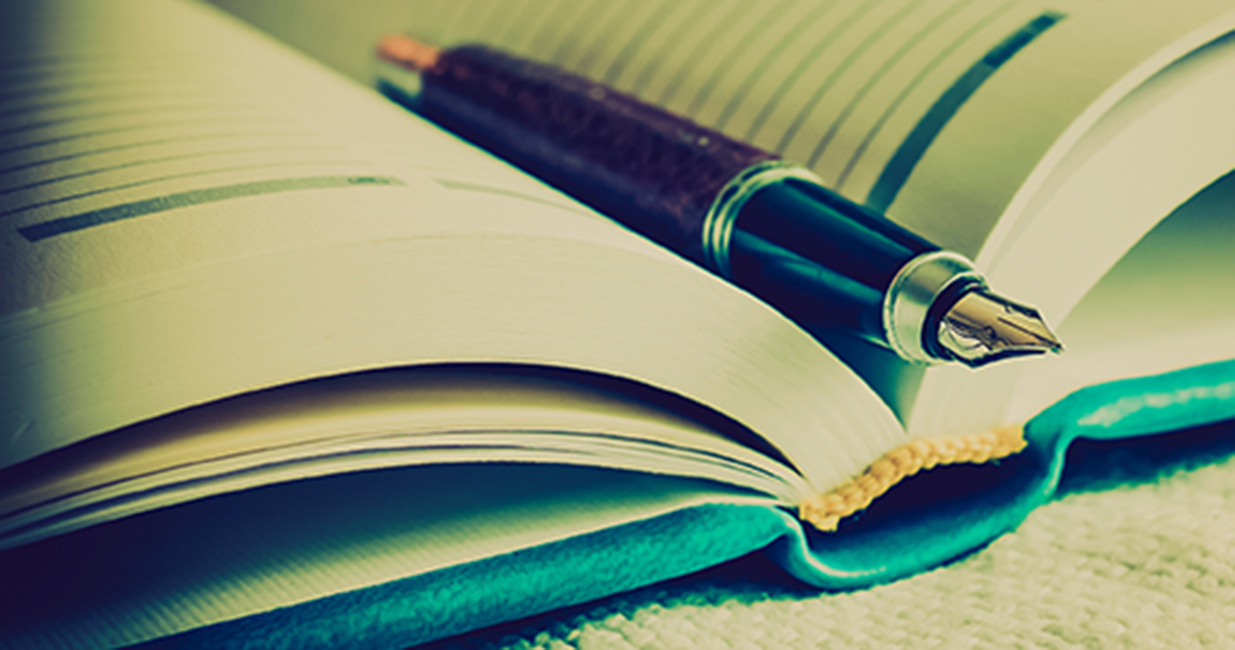
The COVID Diaries: Investor 10
The following interview is with an Australia-based fixed-income investor. It was conducted on 25 June 2020.
Australasia has fared extremely well on a relative basis in the public-health stage of the crisis, but we are now seeing a spike, and possible second wave, in Victoria. How optimistic are you about the prospects for further easing of restrictions from here?
You can use Victoria as a case study. As soon as you get a flare up or pocket of cases, look at how the government freaked out. They are re-imposing restrictions on areas in Melbourne. When it comes to opening borders and everyone coming back to the office, social distancing rules will get broken as people relax, thinking things are returning to normal. That is when you get hit with another wave.
Staying with us for our natural lives is predicated on the numbers. The numbers are not big – there are only something like 150 active cases – and look at how we are freaking out. What is the population of Victoria? Six million. That is a lot of people that have to get it before we get back to normal. So, simply at the rate we are dealing with infections, I think we will be still dealing with this pandemic by the time the next pandemic hits us.
So you don’t have much faith in a vaccine?
No fully effective vaccine has ever been successfully developed for a coronavirus. Furthermore, the COVID-19 genetic structure drifts like that of the seasonal flu and hence immunity cannot be maintained indefinitely. Hence any discovery of a vaccine does not immediately imply that life can fully return to normal.
We believe there will be ongoing breakthroughs that will reduce the severity of infection and improve the capacity of the heath system to cope with disease outbreaks. We are operating on the basis that, while a vaccine of sorts may become available within the next two years, its effectiveness will not be sufficient to remove social-distancing measures entirely.
The drugs that will get developed will support a patient, so if they need to enter the intensive care unit at a hospital the drugs will help for example with the inflammation of the lungs. When patients go on a respirator they will stay alive and come out the other side.
I think there will be a lot of drugs that help individuals deal with the virus, but I don’t think there will be a vaccine or cure that will allow us to go out licking each other’s eyeballs. To beat the virus we will need to build antibodies to it, and to build those antibodies we need to get it. That’s going to take a very long time – which is why I think it will be with us for the rest of our natural life.
All these new rules of life such as working from home, reducing the amount of people in the office and avoiding public transport are going to be rules for life.
It hasn’t sunk in for people yet because Australians don’t know what a second wave means. It is not going to be big – it will be less than the first wave. The response to how we react to this second wave will open people’s eyes up to the fact that the lockdowns and restrictions are going to be with us for a long time.
The other option is we go for herd immunity. Herd immunity would need to be at least 60 per cent infected, but probably more than 80 per cent. To be honest, I don’t think people are prepared for the consequences of it, which would mean at least 100,000 Australians dead.
“All I see when I walk down the street in the CBD is construction workers – it is funny how they are still building. I don’t know where the people are going to come from to fill these buildings.”
How are you seeing the restart and maintenance of the economy amidst the constant lifting and reintroducing of restrictions then?
We are back in the office now and we went out for lunch for a colleague’s birthday, and the building manager is recommending only two people per lift. We have 26 floors and 120 people per floor. How are we going to get to the 17th floor – two at a time? It is going to take all day. We all got in the lift and faced the walls – that was our solution. That is just a small example of how business districts are going to transform themselves.
All I see when I walk down the street in the CBD is construction workers – it is funny how they are still building. I don’t know where the people are going to come from to fill these buildings. Walking down a main street I see shops closed down, out of business and for lease. The way people use retail and office space is going to change, because we have realised you don’t need one to run a business. Technology has come so far. It is one of those things that when you are forced to do something, you immediately adapt.
The feedback I have received from people in the industry is that working from home has been really productive for them. The social element is the long-term problem, and I don’t have an answer for yet. The way people interact is going to change because if you are not around people your professional manner changes too – the way you dress, the way you talk.
Having said this, there could be an improvement in individuals’ quality of life. You get to see your children in the morning, you get to see your children when they come home from school, you don’t have to travel. Quality of life may also be improved permanently with less air pollution and accelerating the transition to a net-zero carbon economy.
While the CBDs of the world are going to change, suburban areas have been shooting the lights out. Yes, restaurants and cafes can’t have more than 20 people but they have been doing heaps of takeaway through all the various food delivery services. We went to a restaurant the other night where we know the owners really well. They are doing so many online orders that their turnover is really high. Their business hasn’t really suffered to where it is affecting their lifestyle.
People seem to be getting sick of the social-distancing measures. Do you think there will be more pushback with the reintroduction of restrictions in Victoria?
Some parents at my kid’s soccer club think it is a joke. They don’t understand that the numbers are so low because of the measures the government introduced. If we didn’t do this, our numbers would look like the US, Spain or Italy. They just don’t get it. They think because we have been socially distancing and staying at home it should mean that we can go back to our normal lives now.
They also don’t understand the science of it, of how it spreads. They say more people die of the flu but what they don’t understand is that it can be spread faster than the flu and more people can get it. Yes, you might survive it if you have hospital treatment, but not if the hospitals are overrun with people who have COVID-19 and cannot provide the care you need.
What are you most looking forward to being able to do again as restrictions ease in the coming weeks and months?
KangaNews is your source for the latest on the COVID-19 pandemic’s impact on Australasian debt capital markets. For complete coverage, click here.








